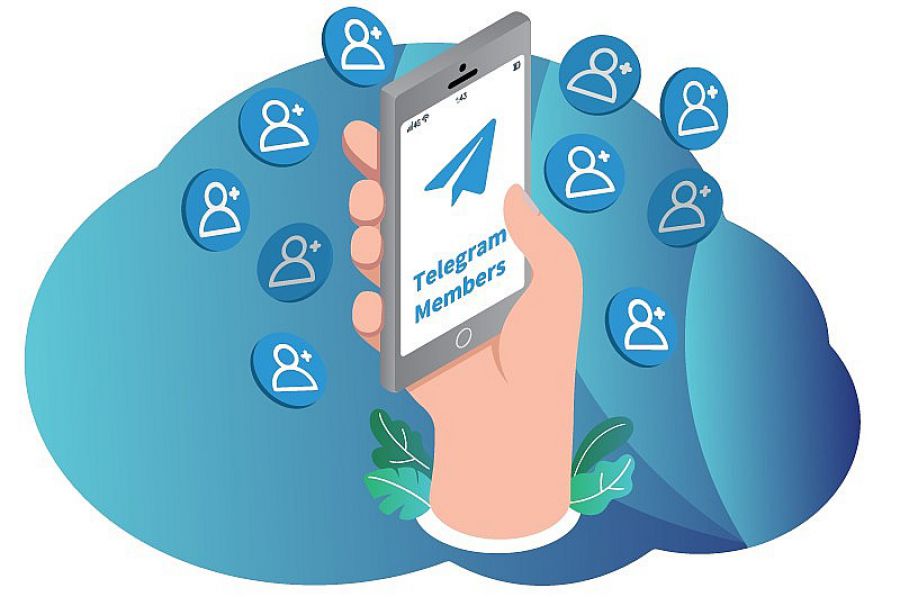The Main Trends in Internet Marketing for 2025

The year 2024 is rapidly approaching. It's high time to understand which internet marketing trends will smoothly transition from 2023 and remain relevant, and what might undergo significant changes.
To stay in step with the times while maintaining authenticity and setting your own direction for development and promotion, we recommend paying attention to the following contemporary trends.
Artificial Intelligence in Content Marketing
As of today, many companies have successfully integrated AI technologies. The primary tasks addressed by the use of artificial intelligence in operations include data analysis, monitoring, process optimization, personalization, and rapid customer service.
Artificial Intelligence aids in processing vast amounts of data to identify trends, audience preferences, and successful content marketing strategies. The technologies employed are designed to track user reactions to social media posts and their subsequent actions, enabling companies to quickly respond to changes in public opinion.
Based on the information gathered, machine learning algorithms offer personalized content recommendations based on user interests, taking into account established preferences, location, device usage, social media behavior, and other crucial aspects.
AI is also valuable for content creators. Currently, it can generate texts for posts, articles, reviews, and news messages, as well as create high-quality multimedia content. This significantly streamlines the content production and publication process.
In cases requiring 24/7 customer service and instant engagement, chatbots excel at handling such tasks. In most instances, these systems handle simple queries, provide consultations, generate personalized offers, and assist in selecting the right product or service.
Interaction Strategies with Micro-Influencers
Yes, collaboration with millionaire bloggers and well-known personalities is not going away, but cooperation with authors with a smaller follower count is gaining more popularity.
Often, engaging with smaller blogs allows you to capture the attention of a niche but loyal and devoted audience. Users believe that such influencers take a responsible approach when choosing brands for collaboration and, above all, personally try and test the promoted products. The main goal is not to sell but to share information, deliver quality content, and convey the brand's core values through collaboration.
Strategies to base your interaction with such influencers on:
- Finding suitable content creators. Select options that align most with your target audience. Examine the activity on social media and the publications shared by the blogger.
- Mutually beneficial collaboration. Send a personal message with a proposal for joint work, discuss in advance the terms of your interaction with the blogger, and describe the mission and values of both the brand and the promoted product.
- Integration into natural content. Micro-influencers typically strive to promote a product subtly, incorporating it into their daily lives. They often use the offered product themselves beforehand to provide a comprehensive evaluation and share genuine reviews and impressions.
- Boost loyalty levels. Extend a unique offer not only to the content creator but also to their audience. Provide a promo code, discount, or the opportunity to participate in further product refinement for your potential customers.
- Focus on long-term relationships. Try to view collaboration with micro-influencers not as a one-time promotion but as a long-term and promising investment. Create something new, improve existing partnerships, and attract influencers who will continue to feature information about your products in their posts.
Wide Adoption of Video Content
The trend of short video clips will continue to be popular in the upcoming year. In the age of digitalization, where users are bombarded with a vast amount of information and rapidly consume the content presented to them, brief videos have the ability to draw attention to a brand-author's account. With quality preparation, effective shooting, and a captivating expression of ideas, it's possible to go viral and attract as many potential customers as possible.
What are the popular options for shooting video clips today?
- Life hacks featuring the brand's products or in any other user-interesting field;
- Video reviews with a detailed breakdown of the components of the offered product;
- A series of videos on the same theme, divided into several interconnected parts;
- Live streams with maximum openness, honesty, and no pre-planned scripting.
CGI Advertising
One attention-grabbing and impressive trend is the use of fake outdoor advertising. Surely, you've already witnessed the promotional video for the new collection of the French brand Jacquemus, where oversized handbag models cruised through the streets of Paris, or in London, double-decker buses with eyelashes supported the launch of Maybelline's new mascara. Restaurants are also keeping up, projecting realistic variations of dishes from their menus onto the city streets.
The combination of traditional outdoor advertising and CGI opens up vast creative possibilities. Such videos set brands apart from the rest, make them memorable, and elicit excitement from viewers. A creative approach to promoting products is always highly appreciated.
Inclusivity
In marketing, inclusivity is a strategy aimed at creating campaigns that appeal to the entire society without singling out a specific segment. Everything is taken into account: cultural differences, language, age, gender, physical abilities, and psychological characteristics. The main goal is to reach a broader audience and increase the market share of the brand's products.
The key directions in which companies are evolving today include:
- Diversity: In the advertising of many reputable brands, models of different ages, heights, weight categories, nationalities, and religious affiliations are featured. This showcases that the product they offer can cater to everyone.
- Accessibility: Brands are eliminating barriers that customers may face, especially those restricted by physical characteristics.
- Consideration of cultural nuances: Ethical practices, the appropriate choice of slogans and words, and awareness of cultural sensitivities.
- Employee selection: Non-discrimination on various grounds in the hiring process.
Interactives and Gamification
While not a new tool in content creation, gamification techniques and interactive experiences are continually evolving. Brands are increasingly incorporating AI and AR technologies, promotional games for product launches, and those tied to holidays, in addition to basic contests, surveys, and quizzes.
Voice Assistants
Another rapidly progressing tool in marketing is adapting content for voice assistants.
The number of people using voice assistants or smart speakers for quick information searches is steadily growing. Improving technologies in response to queries compel organizations to do everything to be at the forefront. How can you promote your content in this segment?
Study common user questions related to your business. Create websites, pages, or posts that can provide a quick and clear response to these queries. Optimize images, use data caching for swift access to the information you provide.
First Smartphones, Then Everything Else
Today, it's crucial to acknowledge that the absolute majority of people are active users of mobile phones. This device has long ceased to be solely about calls and messages. It can be said that a significant part of users' lives has been transferred to their mobile phones.
To scale up and attract new audiences and potential customers, companies' content must be optimized for smartphones. This implies a complete adaptation of all processes for the device: creating a mobile version of the website, delivering only the essential content, providing a user-friendly layout for quick information search, and facilitating contact with the company, and consider this tool that help you polish your content tone for a more consistent and engaging brand voice.
Zero Party Data
Zero Party Data refers to data that users voluntarily provide to a company, controlling its volume and subsequent usage. This technology ensures transparency in data collection, enhancing audience loyalty.
Zero Party Data allows delving deeper into studying preferences, interests, patterns of consumer behavior, and potential decisions they might make. Companies can use Zero Party Data to gather information about the qualitative characteristics of a product or service: what consumers liked or disliked, how it influenced their perception, and whether it met expectations.
Utilizing Third-Party Analytics Tools
To assess the effectiveness of published content, internal social media statistics may not always suffice. Comprehensive and multifaceted analysis often requires the involvement of third-party tools.
This task can be effortlessly handled by the Popsters service. It is a powerful social media analytics tool that analyzes competitors' posts and pages, evaluates the effectiveness of posts on relevant pages, and assesses their popularity. With this service, one can study and analyze trends, as well as identify the times and periods of user activity.
Conclusion
By researching and understanding current and future trends in marketing, we confidently keep pace with the times and swiftly respond to the slightest changes in any of the covered niches. Implementing innovations, creating cutting-edge products and services, and promoting them effectively while maintaining authenticity are key to success. A well-thought-out strategy for embracing modern trends helps us stand out, stay competitive, and craft unique campaigns.
Try Popsters Trial plan to get content activity statistics of any pages for a next 7 days for free
Try for free











